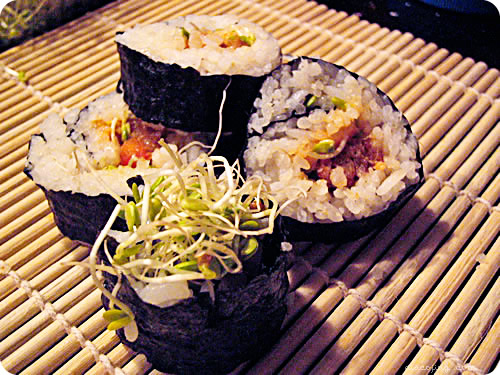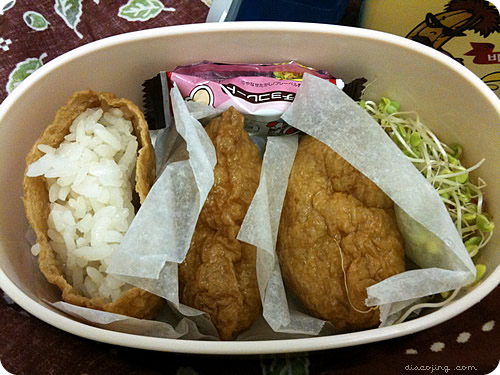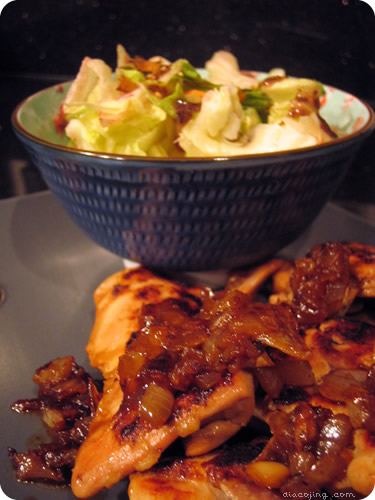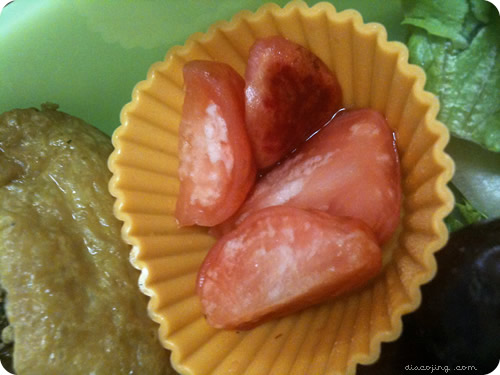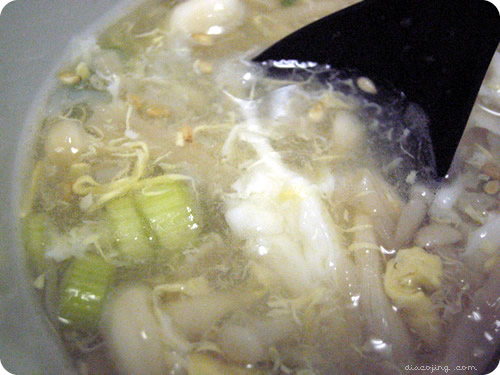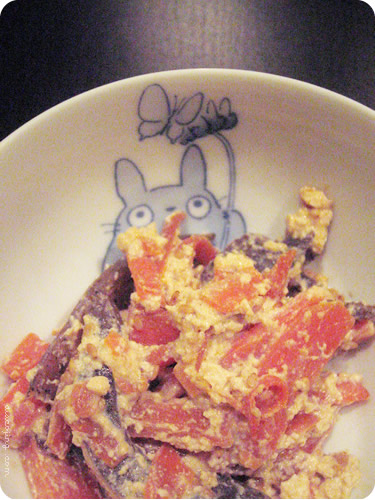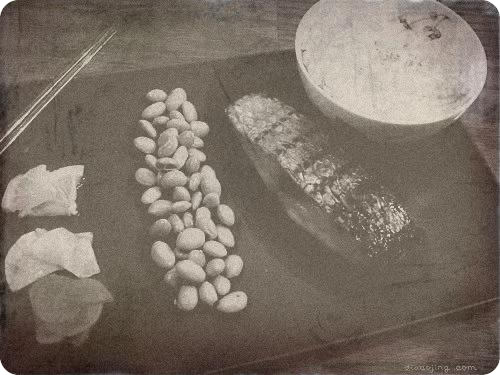
This is the first time I’ve participated in La Fuji Mama‘s Washoku Warriors series. I’ve been following her site for the past several months, before Washoku Warriors begain, but I didn’t really see a reason (read: kept forgetting) to join until I purchased Washoku: Recipes from the Japanese Home Kitchen myself. Then I saw all the amazing recipes contained within, but needed that extra catalyst to get the creative juices flowing. Washoku Warriors is a great way to challenge yourself as well as learn about other bloggers out there.
This is a great dish to make because it’s ちょ~和食 (sooo traditional Japanese cooking). This dish is what comes to mind when thinking about traditional Japanese cuisine. Saikyou Yaki (西京焼き) means to cook a slice of fish that has been fermented in Saikyou miso (西京味噌に漬け込んだ魚の切り身を焼いた料理). Before refrigeration, using miso was one of the popular ways to preserve fish.
This dish takes a lot of miso because you are basically burying the fish in miso to prevent anything from the outside environment coming in contact with it. Washoku includes an alternate marinade that you can use instead of this longer one, but I like the original method better. This way, there’s less prep time on the actual day of preparation and you can make it 1-3 days in advance when you have a spare pocket of time.
This was also my first time cooking with fresh fish, from start to finish. Washoku recommends salmon (sake), saberfish (tachiuo), kingfish (sawara), and black cod (gindara) as types of fish to use with this preparation. We eat salmon often and our fishmonger had none of the fish recommended. White cod was available, but I opted for the marbled rockfish (kasago) since it was more like black cod in texture and similar to salmon in taste. Since this dish was for two people instead of the four to six servings in the book, we got .69 lbs of fish, which was plenty.
Saikyou Yaki Kasago (西京焼き笠子)
- ¾ lbs fish fillet with skin
- 1¼-1½ c. light miso (20 tbsp)
- 1/8 c. mirin
- ½ tbsp. lemon or orange zest
- cheesecloth
Rinse the fish under cold water and pat dry. Combine marinade ingredients and mix well. Use half of your marinade and spread it along the bottom of your non-reactive marinade dish. Fold cheesecloth in half and lay overtop of the marine and press gently, leaving enough cheesecloth un-used to fold on top of fish in later steps. Put fish on top of cheesecloth and fold the extra cloth over the fish. Spread the remaining marinade over the cloth and cover with a layer of plastic wrap. Even out the miso through the plastic wrap layer. Cover marinade container if you have a lid. Marinade at room temperature for six hours or for one to three days (miso flavor becomes stronger the longer it marinates).
When ready to cook, remove cheesecloth and miso and broil fish skin-side up 3-4 minutes. Flip and cook 2-3 minutes on the other side. You can serve with rice, pickled vegetables, or soup.
I really liked this recipe because it only has four ingredients! Miso, citrus zest, mirin, and fish. It was also very easy to make because the miso marinade did all the work for me. I don’t think I’ll use this certain technique again because the half portion recipe used up almost my whole container of miso. Not that miso is expensive or anything, but I was surprised that I had to scoop out twenty tablespoons of the stuff. My miso container was looking quite sad afterwards. The rockfish was a great fish. It had the flavor of salmon but the texture of black cod (supposedly, I’ve never had black cod, but that’s what the fishmonger told us). I may have cooked the fish a little too long because it seemed a little dry or tough for my boyfriend. I’m really glad I tried this recipe, but I don’t think I’ll make it again unless I chose to make it with a cheaper fish. We really don’t buy fresh fish in our house often, so it was a splurge. A little over ten dollars for less than a pound of your main protein is expensive when you’re living on a budget.
I served the fish with steamed rice sprinkled with sesame seeds (goma), edamame, lemon wedges, and two types of pickled radish. The lighter radish is daikon and the darker is traditional radish, and both were home pickled. My boyfriend also chose to add some spicy cashews that I made earlier in the week.




